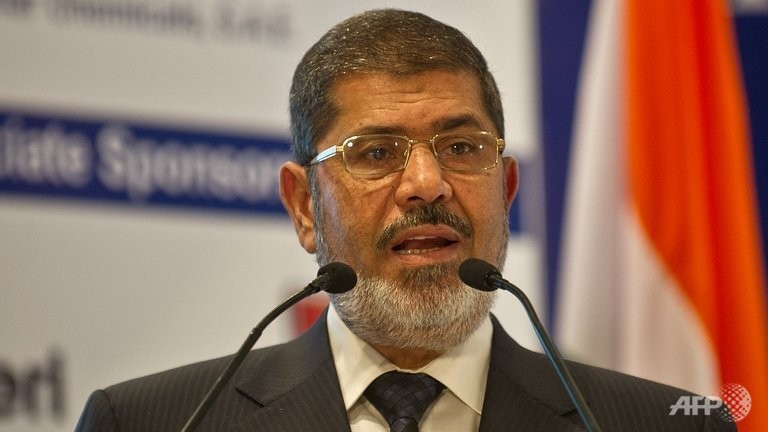LONDON: The debt owed by European scholars to their Muslim counterparts on everything from water pumps and blood circulation to engineering and map-making was unveiled in a London exhibition on Thursday.
The organizers of 1001 Inventions: Discover the Muslim Heritage in Our World hope to illuminate 1,000 years of neglected science from north Africa to China that provided a bridge between ancient and Renaissance scholarship.
In doing so, they expressed hope it would help improve understanding between the Muslim world and the West.
If you neglect the contributions of other cultures then it gives you a sense of having cultural superiority, which is dangerous, said Professor Salim TS Al-Hassani, who masterminded the exhibition at London s Science Museum.
He told AFP: As we move into a new global world, we need to respect and recognize the contributions of all other races and cultures into what we have today. This exhibition demonstrates that.
The exhibits span from about 700 to 1700 AD, which Science Museum director Professor Chris Rapley described as a time of exceptional scientific and technological advancement in China, India, Persia, Africa and the Arab world .
It aims to highlight the Muslim scholars who built on existing knowledge to develop new ideas about astronomy and maths, architecture, medicine and engineering – but who have been largely ignored in European history.
At the 13th-century observatory in Maragha in Iran, the exhibition notes, astrologists developed new models for understanding the universe which helped pave the way for Copernicus ideas of a sun-centered solar system in 1543.
Abbas ibn Firnas, a ninth-century scholar, also performed one of the first recorded human flights when he leapt from the minaret of the Grand Mosque in Cordoba using a glider stiffened with wooden struts.
Cairo medic Ibn Al-Nafis is also said to be the first to have accurately described the part of the cardiovascular system involving the heart and lungs, paving the way for William Harvey s full description of circulation in 1628.
The exhibit also examines 12th century engineer Al-Jazari, who invented the double-action suction pump, and his contemporary Al-Idrisi, who drew up a world map centuries before Columbus and Marco Polo set off exploring.
The Muslim world was carrying the torch of human knowledge and understanding while the West went through its dark ages, Rapley told AFP.
It was not just Muslim scholars work, however – they worked with Jewish and Christian scientists and built on ideas from the Chinese, the ancient Babylonians, Egyptians, Greeks and Persians and the Indians.
This multicultural message is highlighted in Al-Jazari s Elephant Clock , which featured an Indian elephant, Chinese dragons, a Greek water mechanism, an Egyptian phoenix and wooden robots wearing traditional Arabian attire.
Science throughout its history has claimed a hugely important role in diffusing through or simply sidestepping cultural or political barriers… and through that sparking innovation, new ideas and advance, Rapley said.
The exhibition is based on hundreds of manuscripts from the period, and the claims of discoveries have been verified by experts at the Science Museum.
1001 Inventions is open until April 25.


